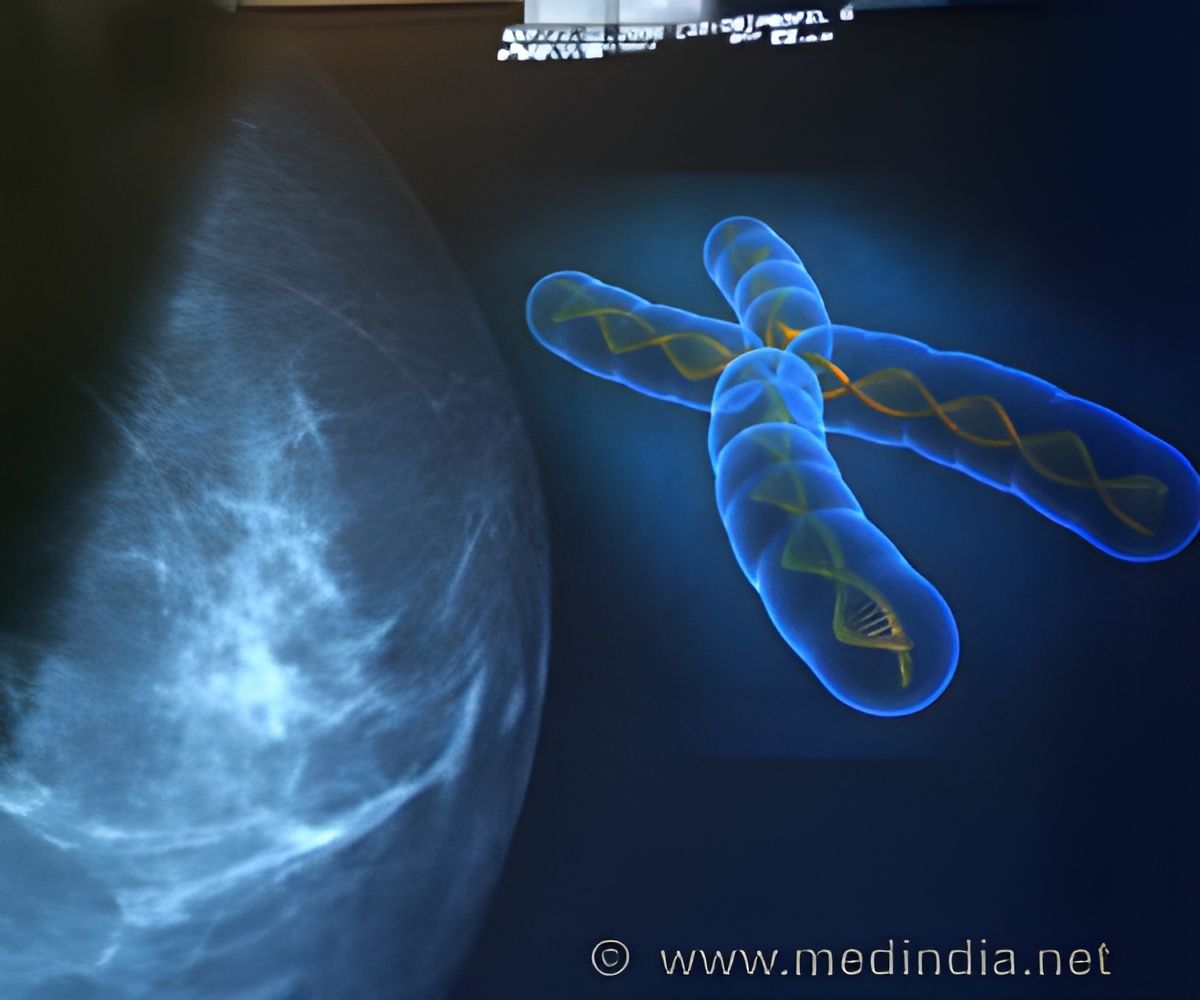A new study reveals that anesthesiologists using a technique similar to a dental freeze can improve the quality of recovery and decrease recovery time for breast cancer surgery patients.

"Real time, image-guided ultrasound nerve blocks have revolutionized the practice of regional anesthesia," said Dr. Faraj Abdallah, an anesthesiologist at St. Michael's Hospital and lead author of the study. "This is the first study to show how effective these ultrasound-guided blocks can now be for breast cancer surgery. Even more importantly, we've been able to demonstrate that blocks help patients feel better and return to their normal levels of mental and physical functionality sooner after surgery."
Dr. Abdallah conducted this randomized controlled trial of 64 women at Women's College Hospital, the first Canadian site to complete a study where this image-guided technique was used in breast cancer surgery. Because of its demonstrated benefits and the addition of Dr. Abdallah, St. Michael's Hospital is working on incorporating this technique into practice in its CIBC Breast Centre.
The paravertebral block technique uses ultrasound to precisely guide a needle to intercostal nerves reaching the breast and deliver local anesthetic to freeze these nerves. In total, five blocks are needed to freeze the five nerves involved. The freeze blocks the transmission of pain from the breast where surgeons can perform full or partial mastectomies, or even reconstructive breast surgery. At the same time, patients are given an intravenous drug called propofol which allows them to sleep through the surgery and continue breathing on their own, without needing a breathing tube or a ventilator.
"There is a global interest in avoiding general anesthesia in breast cancer surgery whenever possible because of potential long-term effects. Although effective, general anesthesia use is also associated with nausea, vomiting and can result in excessive sedation even after surgery," said Dr. Tulin Cil, a study co-author and general surgeon at Women's College Hospital. "Patients who receive general anesthesia also require extra help to look after themselves in the first few days after surgery, whereas patients who received the nerve blocks are much more independent and require less support."
In the past, paravertebral blocks were inserted "blindly" – without the use of guided ultrasound – and, not surprisingly, with a high failure rate.
Advertisement
Dr. Abdallah said that the benefits of paravertebral blocks following breast cancer surgery would also apply to cosmetic breast surgeries such as reductions or augmentation because the same breast nerves can be frozen in a similar manner.
Advertisement















